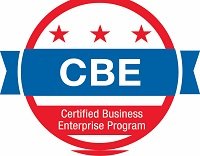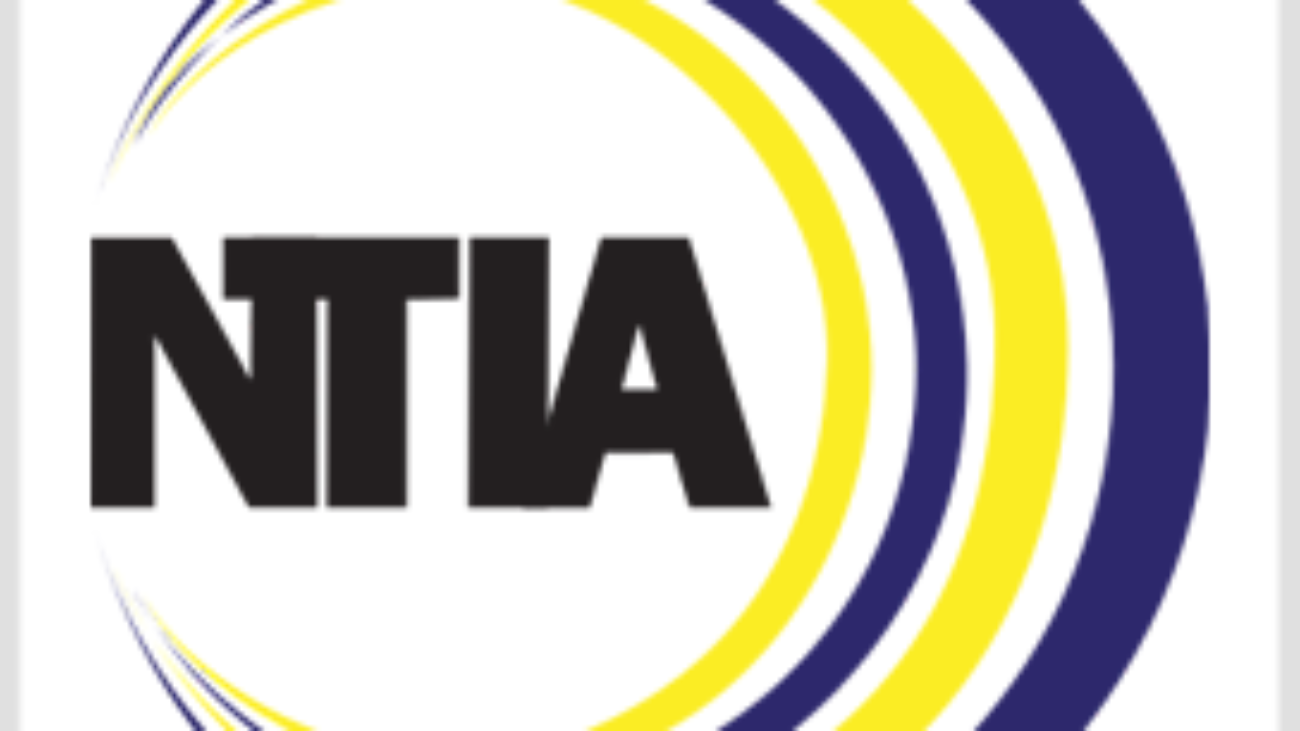The new president will have a mighty big chore in the spring of 2025: devising a new management agenda.
The people just don’t think government works for them. Harris and Trump supporters agreed on one thing in a recent poll: exactly 52% of both groups said the country had big problems—and that they were unfixable.
Moreover, for the last 30 years, presidents have tried to improve the way the federal government works. They’ve reinvented government, set up traffic lights to measure success, bunched programs into categories to improve efficiency, and worked across silos.
Despite all this work, however, we haven’t boosted the public’s trust in government to do what is right. Back in 1994, that number stood at 19%. At the end of 2023, it was . . . 19%.
There’s been genuine progress under the hood of government in each of these reforms. But when it comes to creating a government that solves the country’s big problems, the people just don’t believe it’s happening.
We need something new. We need to pivot from outcomes to results.
What’s Wrong?
A big problem, of course, is that presidential management reforms are relatively small fish swimming among sharks in the depths of distrust.
Of course, the trust problem is much bigger than the work of federal administrators. In a recent Gallup survey, 60% had “very little” or “no” trust in Congress. The presidency didn’t fare much better, at 50%. Trust also depends on economic performance, and reformers don’t have any control over that.
The news, however, isn’t bad if we listen to what the people want. Trust improves when people feel they have a say in what government does; when it’s effective, competent, and accountable; when it keeps them safe and secure; when it supports struggling Americans and their families; and when government treats them with respect and appreciation.
Most of all, government builds trust when it delivers meaningful, measurable results.
That last point is where the gulf between many management agendas of the past and what people want is widest. The reforms have tended to focus on improving government outcomes and have scored their success against strategic goals. Heaven knows that’s important, but that’s an inside baseball game that few Americans see or care about.
Measures don’t communicate. Stories do. Strategic plans don’t matter. Results do. It’s impossible to convince anyone of government’s success if it doesn’t match their lived experience. That goes for scorecards, traffic lights, and websites. These tools are unquestionably valuable, but as a language to communicate within government, not to connect with the people.
We need to build government from the inside out so that it works from the outside in.
From Outcomes to Results
Not long ago, I was beginning a series of painless but lengthy medical treatments. “I hope you have a good outcome,” Frank Luntz, master pollster and communications consultant told me. But then he corrected himself. “I hope you have a good result,” he chuckled.
What’s the difference? Healthcare experts talk about outcomes in terms of the overall impact of treatments on health and the quality of life. Results go to the immediate impact of the treatment. Both matter, of course. But patients look to results—are they feeling better?—and then to outcomes—in the longer term, what’s the quality of life? The latter doesn’t matter much if the former isn’t an improvement.
For the public, wonky debates about outputs and outcomes and performance measures don’t resonate. They want to know that government, at the core, connects with them, treats them with respect, spends their money well, and provides the safety and security they need. They want results.
This isn’t an either/or in comparison with the 30-year string of reform efforts. It’s a both/and: making sure that the connections between the people and government work well.
What Government Can Do
That leads to some specific action steps for the 2025 president’s management agenda.
- Make fewer mistakes. One bad experience can swamp all the effort spent in building good will. McKinsey found that people who were dissatisfied with their experience in dealing with an organization were twice as likely as satisfied individuals to complain to public representatives. Failures are the fuel of distrust. When people are dissatisfied, they’re twice as likely to publicly complain. When they’re satisfied, they’re 9 times more likely to trust the agency providing the service, even if they don’t trust government in general.
In 2024, the IRS experimented with Direct File, which allowed taxpayers in some states to submit their tax returns online. Among those who tried it, 90% rated their experience “excellent” or “above average,” and 86% of users said that the program increased their trust in the IRS.
- Bounce back from failures. Nobody gets it right all the time, but resilience—learning from failures and making sure they don’t recur—reinforces trust.
FEMA’s long journey since the disaster of its response to the 2005 disaster of Hurricane Katrina shows the power of resilience. Because of strong leadership sustained across Republican and Democratic administrations, there’s been a consistent pattern in natural disasters: the dog that didn’t bark. There have been few tales of an unresponsive, inefficient FEMA. Building trust is now a central part of the FEMA training curriculum.
- Make it simple and reliable. We’d expect that people want their experience with government to be fast, and that’s true. But they value simplicity and reliability even more. In fact, speed ranks only third or fourth in the public’s priorities. They want to know what they will get and when they’ll get it.
After the pandemic, there was an explosion of travel, and the processing time for passports slipped. Along the way, however, the State Department posted the estimated time. It’s now returned to pre-COVID levels, and travelers can find the current estimated time for routine and expedited processing times on the department’s website.
- Share the tale. Performance wonks (with me at the head of the parade) love to wade around in the performance data. Performance.gov has become a first-class resource. Much performance data, however, is prepared by performance wonks for other performance wonks. It doesn’t create the lexicon in which reporters and members of Congress travel. Even worse, there’s a public policy version of the old “if it bleeds, it leads” approach to news coverage: bad news stories drive out the good. The statistical measures are essential for tracking the long-term progress of management initiatives, but stories are essential for communicating that progress to broader audiences.
The VA, for example, launched its VSignals program to collect feedback from vets on their care and wring out bad experiences from its programs. Asking vets what they like and what they don’t allowed the VA to increase trust from 55% in 2016 to 80% in 2024.
- “I don’t have customers.” Oh yes, you do! The response by many federal managers to these customer service lessons often is that they don’t have customers, so none of this matters to them. They couldn’t be more wrong. The central purpose of the government is to deliver value to the people, and every single federal employee has a role in making that happen. (If that’s not true for any employee, then they ought to be fired.)
There’s the famous story—if it isn’t true, it should be—about the NASA administrator walking down a hallway and bumping into someone carrying a pail and a mop. “What’s your job?” the administrator asked. “Helping put a man on the moon,” the person replied. Everyone in an agency plays a role in its mission, and everyone needs to know—and perfect—that role.
- Tweak the conversations. Federal leaders need to improve their conversations: not only to explain to everyone outside the agency what value they create, but also to ensure that everyone inside the agency knows the role they play in creating that value. The government reform movement has often lost the importance of this internal communication. That needs to a centerpiece of the next presidential management agenda.
As we frame employee engagement, this is what employees need to be engaged in: understanding their role in building a more effective government from the inside out so that it works better from the outside in.
We certainly don’t want to go backwards on the progress we’ve made through previous management agendas. But Americans want to know that they’re appreciated and respected for the taxes they pay, that government is devoted to connecting with them in trustworthy and transparent ways, and that government gives them what they want, need, and deserve.
This is what the pivot from a focus on outcomes to results means.











